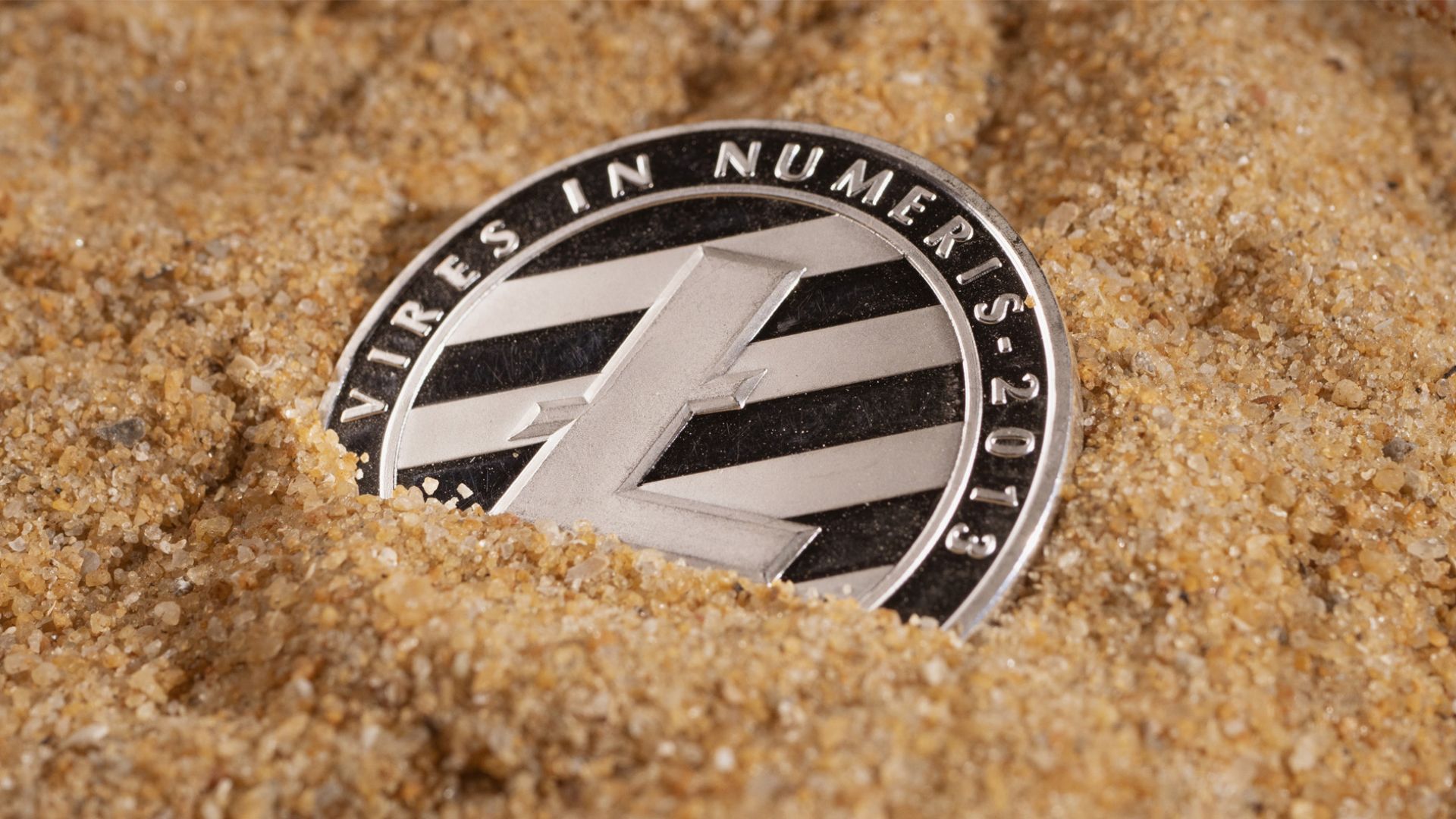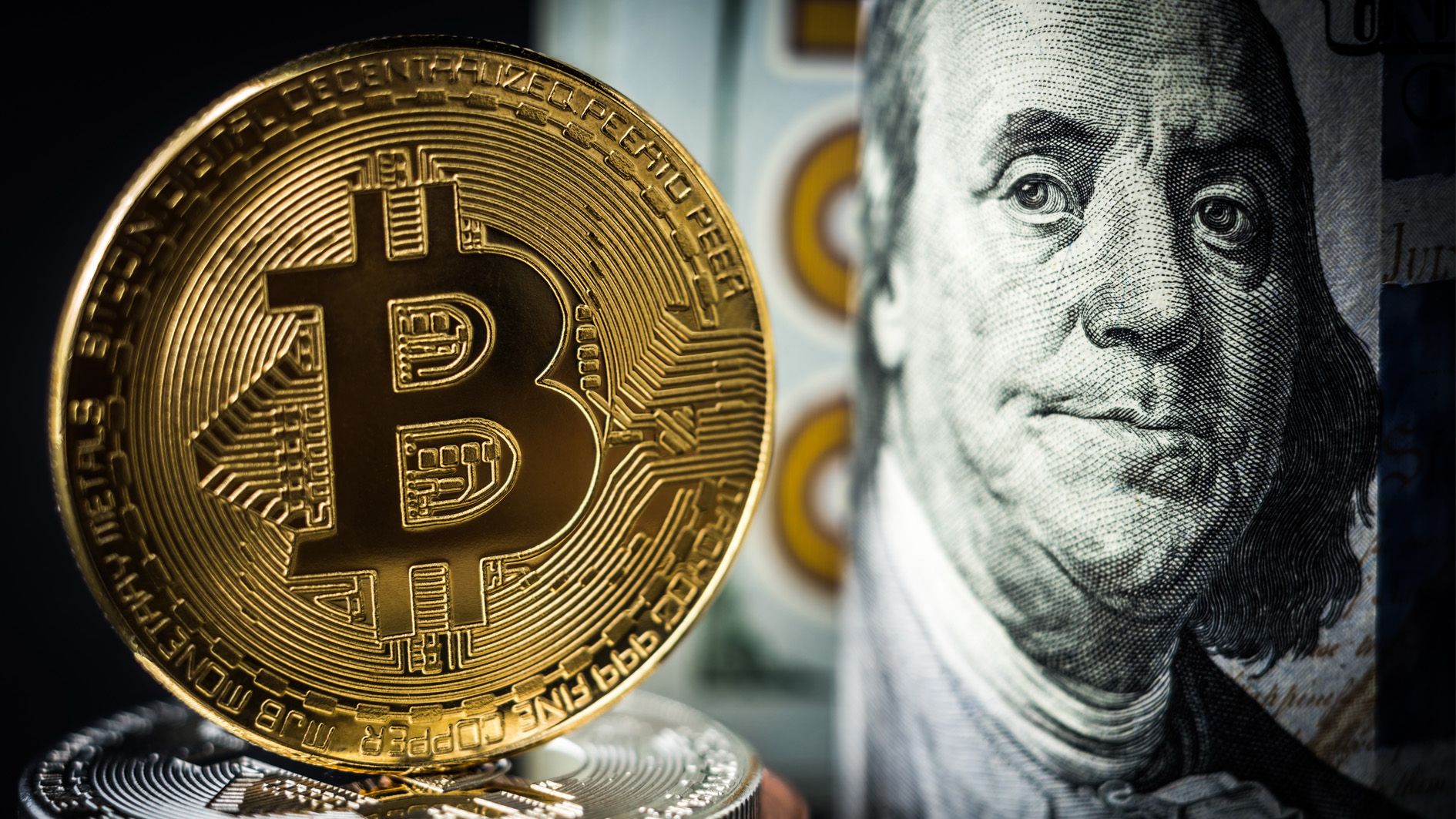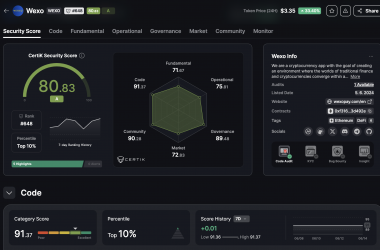
Publicaciones principales

Wexo Points: Find places where you can pay with Bitcoin (App Up...
Search nearby businesses that accept Bitcoin payments
Leer másAn event that is marked in red on every cryptocurrency enthusiast's calendar is approaching - Litecoin Halving. The key moment will occur on August 2, 2023. This process is an integral part of Litecoin issuance, whereby every 840,000 blocks mined (approximately every 4 years), the reward for miners is halved. At Litecoin's inception, the bounty was set at 50 Litecoins per block. This is currently 12.5 coins per block and will change to 6.25 after the upcoming halving. This process will repeat until the reward per block reaches zero, which is expected to be around 2142.
Litecoin was designed as a deflationary currency, similar to gold. As time passes, it is expected that Litecoin issuance will decline and the currency will therefore become scarcer. If the demand for Litecoin grows, it can serve as a hedge against inflation as its price should theoretically rise. On the other hand, fiat currencies (such as the US dollar) depreciate over time through inflation, leading to a decline in purchasing power.
Litecoin's supply evolution is predictable, which allows for an understanding of the current inflation rate. Among other things, we can also track how many Litecoins are currently in circulation and how many are left to be mined. Price predictions related to halving are diverse - some believe that halving is already embedded in the price and do not expect a change, while others believe in a price increase in case of equal or higher demand for halving.
Robert F. Kennedy Jr. wants to stabilize the US dollar with Bitcoin

Robert F. Kennedy Jr, the Democratic candidate for US President, announces that if he wins office, he plans to gradually support the US dollar with "hard currency", including gold, silver, platinum or Bitcoin. This claim was made at a Heal-the-Divide PAC event on July 19, where Kennedy suggested that such a move could help stabilize the U.S. economy and restore the dollar's strength, ushering in a new era of American financial stability, peace and prosperity. He also said the process would be gradual and could begin with covering about 1% of Treasury bills issued with hard currency.
Additionally, Kennedy declared that Bitcoin to US dollar conversions would be exempt from capital gains tax. In his eyes, such an exemption would encourage investment and incentivize companies to develop their business in the U.S. instead of other cryptocurrency-friendly countries such as Singapore or Switzerland. These proposals follow his attendance at the Bitcoin 2023 conference in Miami in May, where he announced that he would be accepting political campaign contributions in Bitcoins.
Recently, Kennedy has become one of many presidential candidates pledging support for cryptocurrencies. For example, Republican candidate and Florida Governor Ron DeSantis pledged on July 14 to ban digital currency central banks if elected president. In addition, it has emerged that Kennedy, despite his previous statements, owns up to $250,000 worth of Bitcoin.
China's digital yuan has reached a transaction volume of nearly $250 billion

The growing popularity of the Chinese Digital Yuan is evident, with nearly $250 billion worth of transactions having taken place since the start of its pilot phase a year and a half ago. This was confirmed by the governor of the People's Bank of China, Yi Gang, at a conference in Singapore on 19 July. He pointed out that since the launch of the digital yuan in January 2022, about 950 million transactions have been made from about 120 million wallets. The average transaction amount was around $260.
Cross-border payments using the digital yuan are on the rise. The Bank of China Hong Kong recently initiated another trial of a cross-border payment scheme at some retail outlets in Hong Kong, as reported by the South China Morning Post on July 18. The initiative is part of a broader effort to promote cross-border use of the digital yuan and is the third such test in Hong Kong.
The total transaction volume of the digital yuan has reached $250 billion, representing an increase of more than 70% from August 2022 values, clearly signalling a strong trend of growth and adoption of the digital currency. However, this amount is still far behind the values processed by some of the largest public blockchains in the world, for example, Bitcoin processed $8.2 trillion in 2022.


